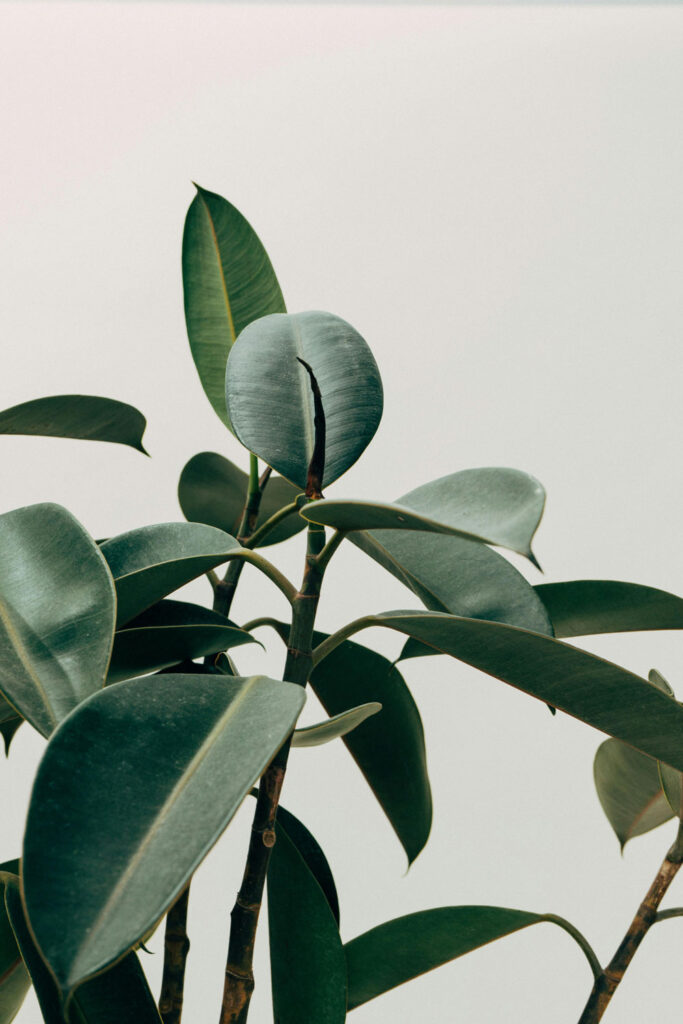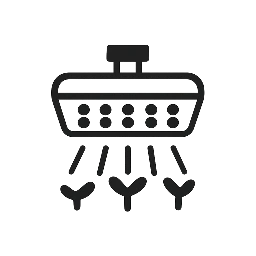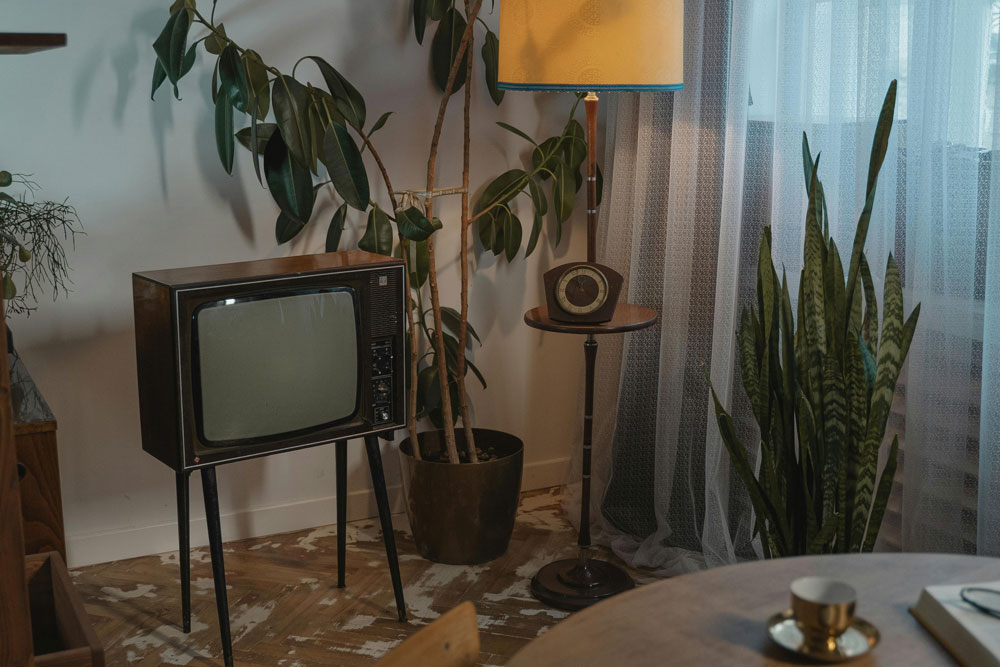Your cart is currently empty!
The Rubber Plant (Ficus elastica) has made a huge comeback in modern interiors, and for good reason. Its broad, glossy leaves bring a touch of tropical elegance to any space. But while these plants are often labeled as “low-light tolerant,” that term is misleading. In reality, Rubber Plants need bright, indirect light to produce those large, stunning leaves they’re famous for. If your Ficus elastica is growing slowly or producing small leaves, a grow light for Rubber Plant could be the game-changer you need.

Understanding Rubber Plant’s Natural Light Requirements
Native to Southeast Asian rainforests, Rubber Plants naturally grow beneath the forest canopy where they receive dappled sunlight throughout the day. This means they’re adapted to:
- Consistent bright light – but rarely direct sun
- Long daylight hours – typical of tropical regions
- High light quality – specific spectra for optimal photosynthesis
When placed in inadequate indoor lighting, Rubber Plants show clear distress signals:
- Slow growth – few or no new leaves for months
- Small leaf size – new leaves are significantly smaller than older ones
- Leaf drop – especially lower leaves
- Leggy appearance – elongated stems with sparse foliage
- Faded coloration – burgundy varieties lose their rich tones
Why Grow Lights Transform Rubber Plant Health
While windowsill light might seem sufficient, most indoor spaces provide less than 20% of the light intensity these plants receive in their natural habitat. A properly chosen grow light for Rubber Plant bridges this gap by providing:
Key Benefits of Using Grow Light:
- Larger Leaf Development – Ample light supports the energy needs for broad, mature-sized leaves
- Faster Growth Rate – Expect new leaves every few weeks instead of monthly
- Rich Color Development – Deeper greens and maintained burgundy hues in varieties like ‘Burgundy’ or ‘Ruby’
- Compact, Bushy Growth – Prevents legginess and encourages multiple branches
- Year-Round Growth – Consistent growth regardless of seasonal light changes
The Perfect Grow Light Setup for Your Rubber Plant
1. Choosing the Right Grow Light
For Rubber Plants, full-spectrum white LED lights are ideal. They provide:
- Balanced spectrum – similar to natural daylight
- Energy efficiency – low operating costs
- Low heat output – safe for close placement to foliage
- Aesthetic appeal – pleasant white light that blends with home decor
Recommended specifications:
- Color temperature: 4000K-5000K
- PPFD: 150-300 μmol/m²/s
- Coverage: Adjustable to cover the entire plant canopy
2. Optimal Placement and Duration
- Distance: 12-24 inches above the highest leaf
- Duration: 12-14 hours daily using an automatic timer
- Angle: Position directly overhead or slightly angled for even coverage
- Rotation: Turn plant 90° weekly for symmetrical growth
3. Advanced Tips for Maximum Results
- Morning boost: Set lights to turn on 2 hours before sunrise to simulate natural dawn
- Seasonal adjustment: Increase duration by 1-2 hours during winter months
- Multiple plants: Use adjustable arm lights or multiple fixtures for several plants
Rubber Plant Varieties and Their Light Responses
Different Ficus elastica varieties have unique light responses:
- Ficus elastica ‘Burgundy’ – Develops deeper purple-red tones under adequate light
- Ficus elastica ‘Tineke’ – Maintains crisp white and green variegation
- Ficus elastica ‘Ruby’ – Enhances pink and cream coloration
- Standard Green Variety – Produces larger, glossier leaves with proper lighting
Common Rubber Plant Grow Light Questions
How soon will I see results after adding a grow light?
Most owners notice improved leaf color within 2-3 weeks and significant new growth within 4-6 weeks. The first new leaves grown under proper lighting will be noticeably larger and healthier.
Can grow lights cause leaf burn on Rubber Plants?
When placed at the recommended distance, LED grow lights are safe. However, if lights are too close (under 8 inches), you might see light stress signs like bleaching or curling. Always start with the light higher and gradually lower it if needed.
My Rubber Plant is in a bright room – why would it need a grow light?
Room brightness can be deceiving. Light intensity drops dramatically just a few feet from a window. Most “bright” rooms provide less than 10% of the light intensity these plants need for optimal growth.
Troubleshooting Common Issues
If Your Plant Isn’t Responding:
- Check light intensity with a free light meter app
- Ensure the light spectrum is full-spectrum, not just red/blue
- Verify the photoperiod is consistent using a timer
If Leaves Show Stress Signs:
- Yellowing: May indicate too much light – increase distance
- Drooping: Could mean too little light – decrease distance or increase duration
- Brown edges: Often related to humidity – consider adding a humidifier
Beyond Lighting: Complementary Care Tips
While proper lighting is crucial, don’t forget:
- Watering: Allow soil to dry slightly between waterings
- Humidity: Maintain 40-60% humidity for optimal leaf health
- Fertilization: Use balanced fertilizer during growing season
- Cleaning: Wipe leaves monthly to maximize light absorption
Transform Your Rubber Plant Today
Don’t settle for a Rubber Plant that merely survives. With the right grow light for Rubber Plant setup, you can unlock its full potential and enjoy the rapid growth, massive leaves, and vibrant colors that make this plant so special. Whether you’re growing the classic green variety or the stunning variegated types, proper lighting is the key to success.
Ready to see your Rubber Plant thrive? Explore our recommended full-spectrum LED grow lights, specifically chosen for their effectiveness with Ficus elastica and other tropical houseplants.


Leave a Reply